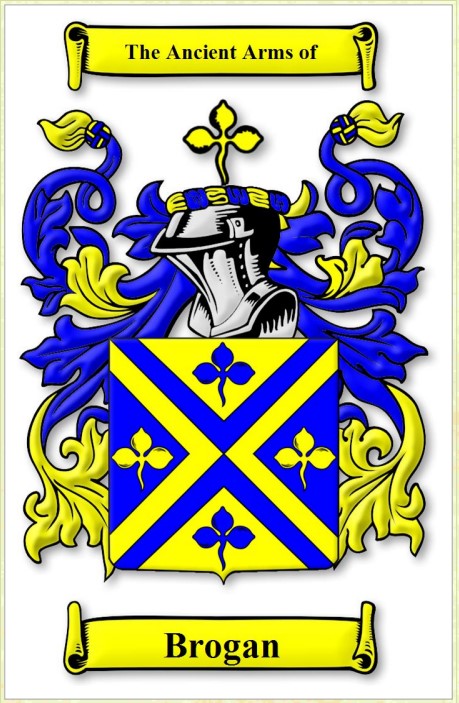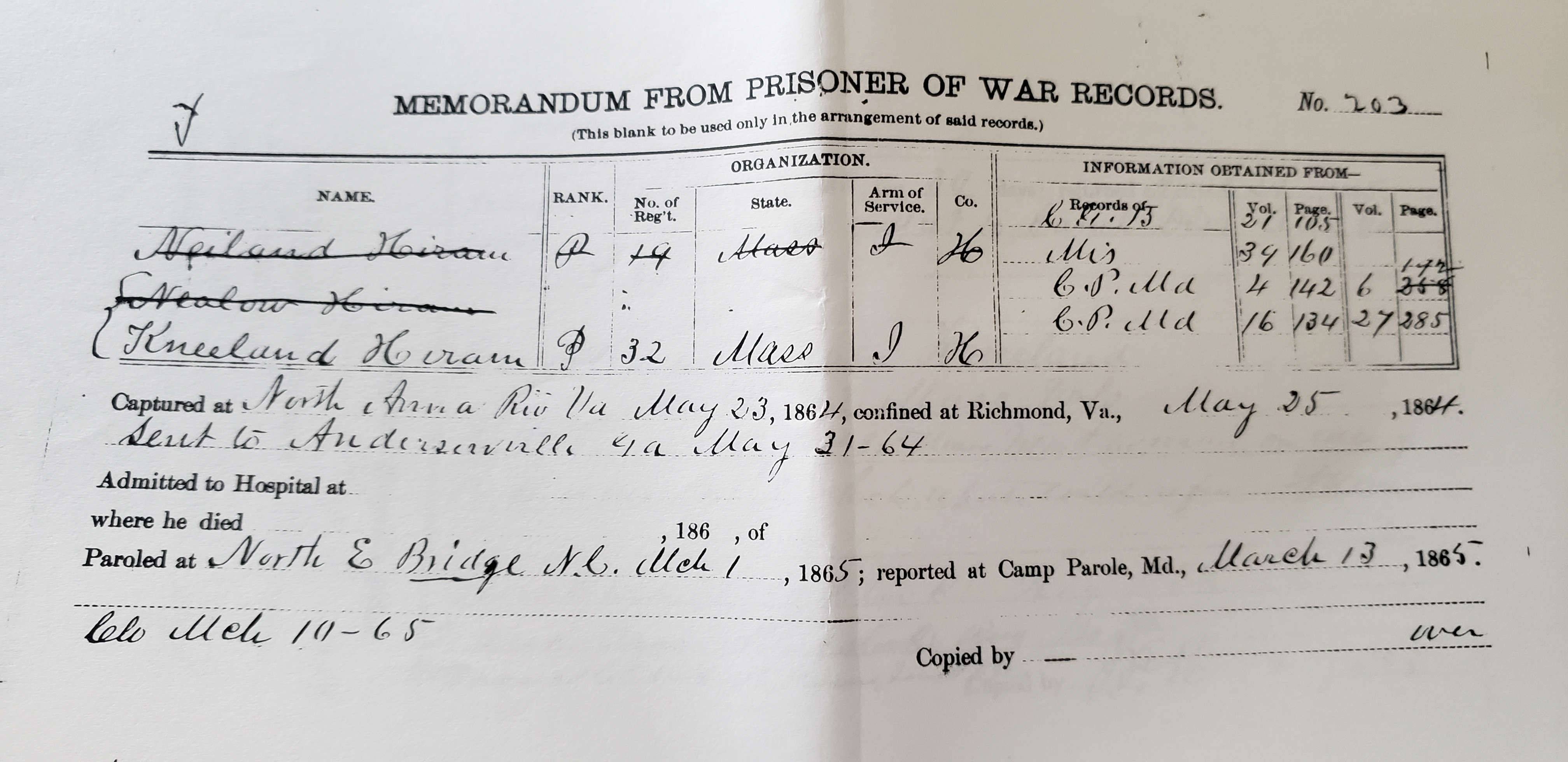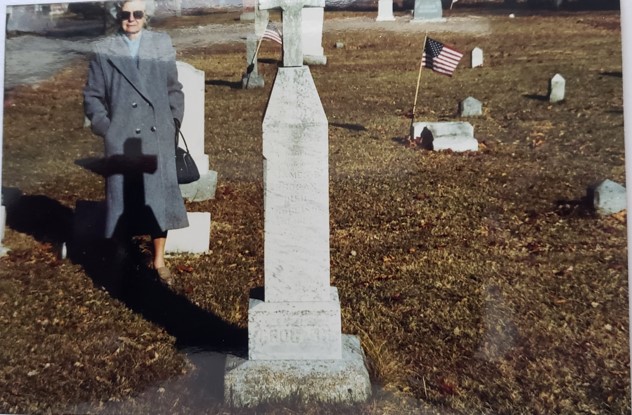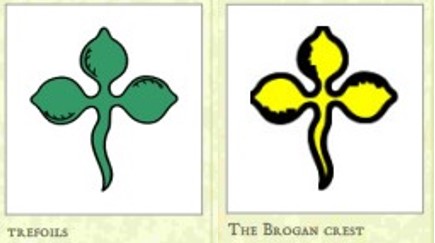
Origins and Ancient History
Today's Irish surnames are underpinned by a multitude of rich histories. The name Brogan originally appeared in Gaelic as O Brogain. The origin and meaning of the name is uncertain.
From Ireland have come many distinguished family names, which have greatly influenced world history, the arts, industry, commerce, literature, religion, theater, and the movies. And from this rich Irish heritage has come the Brogan surname.
The history of this great Irish sept Brogan is woven into the romantic green fabric of the chronicles of Ireland. Despite the loss of records caused by a fire in the Dublin Records Office in 1922, an irreparable disaster to Irish historians, sufficient evidence is still available to produce a thumbnail sketch of the Brogan history. Scholarly work, flavored by legend, including such books as those by O'Hart, McLysaght, O'Brien, and the Four Masters; as well as baptismals, parish records, and ancient land grants suggest that the family name Brogan was first found in counties Mayo and Sligo (Irish: Sligeach), in the province of Connacht in Northwestern Ireland, in north Connacht where they had been a part of the ancient Ui Fiachrach since before recorded history. They were of the Ui Fiachrach Muaidhe, or northern branch, descended from a chieftain, O'Brogain, which, translated literally, means descendant "of the young sorrowful one," but claiming general descent through the Heremon line of Irish Kings. Saint Brogan was an Irish saint who lived in the 6th or 7th century. He was possibly the nephew of Saint Patrick. Some people believe that were in fact more than one Saint Brogan.







